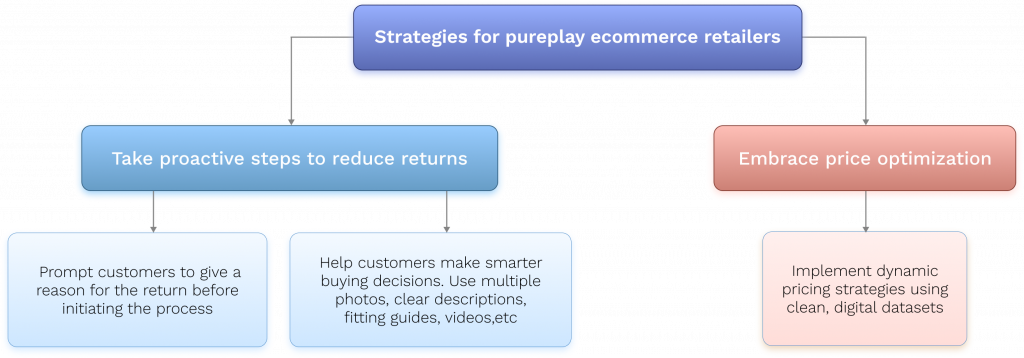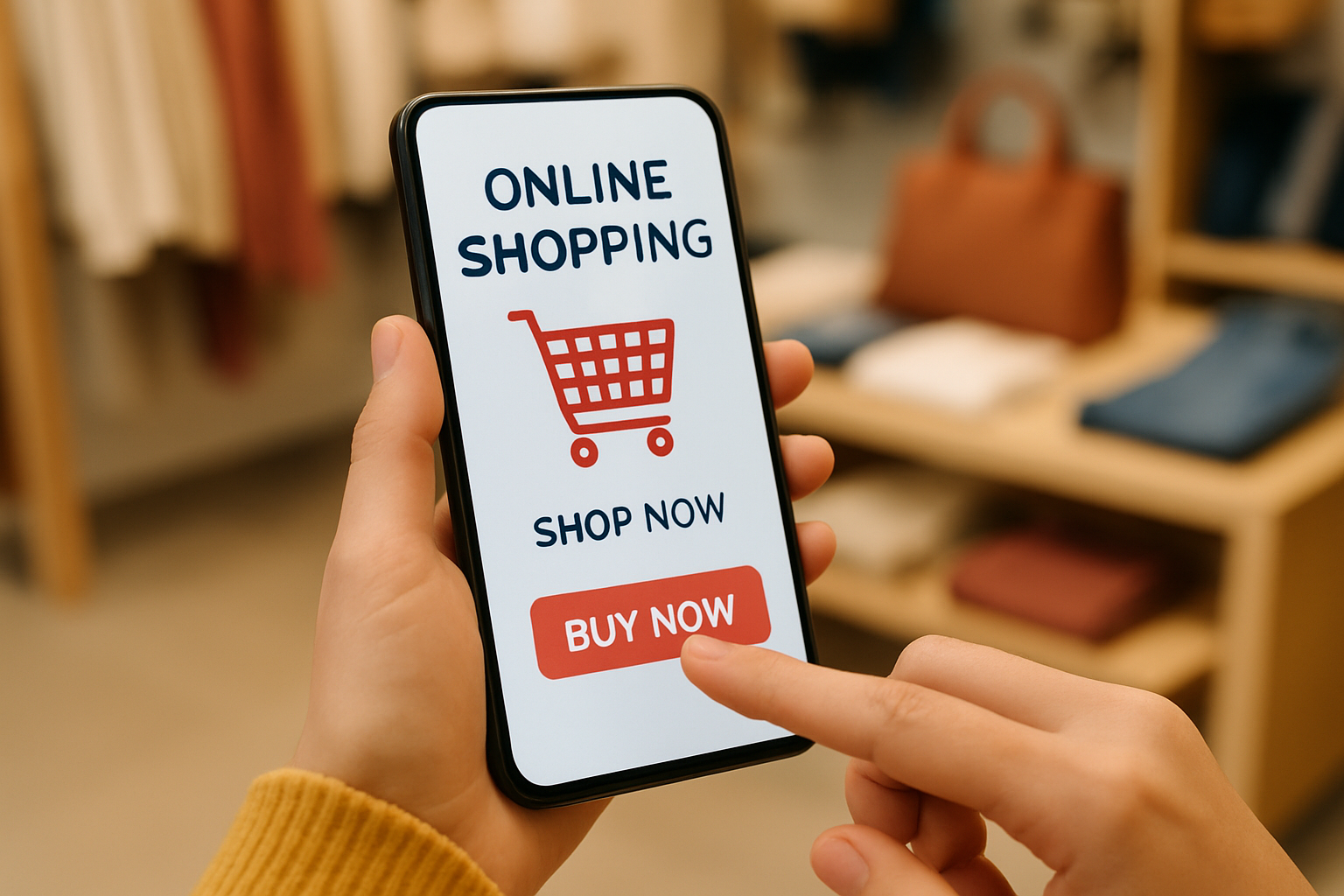Increasing Cost of Returns : Pureplay Ecommerce Companies Can Fight Back
Increasing Cost of Returns : Pureplay Ecommerce Companies Can Fight Back
Though ecommerce companies have no doubt enjoyed the pandemic-fueled surge of the last two years, growth of the sector has created a new challenge: returns.
According to the National Retail Federation, ecommerce vendors faced an average return rate of 20.8% last year, an uptick from 18.1% in 2020. While these numbers might have been easier to manage when gas prices were lower, rising fuel costs are forcing ecommerce retailers to confront an increasingly costly problem.

What is a pureplay ecommerce retailer?
At Hypersonix, we define pureplay ecommerce retailers as having two key factors. One, they only sell products online, with no more than a small handful of physical stores. Two, they have complete freedom to adjust their prices, with no restrictions caused by aligning prices with physical stores or sticking to price agreements (e.g. with channel partners).
And, as we’ll learn later in this piece, freedom to control prices is particularly helpful for fighting back against the rising cost of returns.
What the bigger players are doing
Some omnichannel retailers are changing their approach to returns to reduce the cost impact on their business. For example, fashion brand Zara has begun charging its UK customers to return online, but it waives the fee if the items are brought to one of the company’s brick-and-mortar stores.
The move discourages mailed returns, while bringing in revenue if customers choose to take this option. It also increases foot traffic to physical stores, which encourages impulse buys, while making it easier for Zara to process and restock items — which sure beats having returns languish in warehouses and incurring the associated inventory costs.

While pureplay ecommerce retailers might not be able to mimic these moves, it’s critical to understand what the bigger players are doing to remain competitive.
Similarly, with its unrivaled national footprint, Walmart is making a number of moves to offset the cost of returns, including:
- Transforming some stores into “shoppable fulfillment centers” and testing out drone delivery in approved markets.
- Giving online customers — 90% of whom live within 10 miles of a Walmart — the ability to choose between picking up an item in a store, having it delivered, or having it shipped through the regular mail.
- Allowing other companies to leverage its network of third-party drivers to ensure those contractors have full loads and monetize empty space.
- Giving customers the option of buying a subscription for free unlimited deliveries ($19.95 a month or $148 a year).
- Offering InHome, a service where Walmart employees hand-deliver food items to customers’ houses and pick up any returns that are left for them.
What pureplay ecommerce retailers can do to fight back
Many pureplay firms might not have the resources of Walmart or Zara, but there are several strategies they can use to fight back against the increasing cost of returns.
Take proactive steps to reduce returns
Understanding why customers are returning items in the first place is the first step to reducing returns. Pureplay ecommerce retailers need to do everything they can to determine why customers are sending things back.

One way to do this is by prompting customers to give the reason for a return before initiating the process. That way, data analysis can reveal the cause of the problem. For example, if many customers are returning the same brand of shoes because of poor fit, there might be an issue with the size description or the manufacturing. Find and fix that issue and return rates should fall.
Additionally, pureplay ecommerce retailers can help customers make smarter buying decisions by providing rich product information. Multiple photos, clear descriptions, measurements, fitting guides, and even videos that show items in context or how they’re used all help to limit shopping mistakes.
The best online stores offer Q&A sections or even live chat functionality where customers can ask questions before they buy. Customers with verified purchases should be offered the chance to leave reviews, further enriching information for new customers.
Embrace price optimization
Rather than letting returns eat into the bottom line or risk turning away customers with unappealing fees, ecommerce retailers should also consider focusing on the other side of the equation: price optimization.
After all, pureplay companies have clean, digital datasets that make it so much easier to adjust prices. This is a challenge for omnichannel retailers, which have to cope with mixed data from online and brick-and-mortar systems, plus the slow process of changing prices in stores.

Today, AI-enabled pricing intelligence is making it possible for pureplay ecommerce companies to implement dynamic pricing strategies that are agile, smart, and fast. By analyzing reams of data in seconds, leading AI-powered pricing tools allow you to serve up the best price rapidly — ensuring the perfect balance between appealing prices and a solid margin. The result is a profitable sale for every basket, allowing the business to maintain a great customer experience.
Ready to protect your business against the cost of returns? Learn more in our new ebook, Price and Profitability, and increase your profit margins by as much as 11% using AI-driven pricing intelligence.





